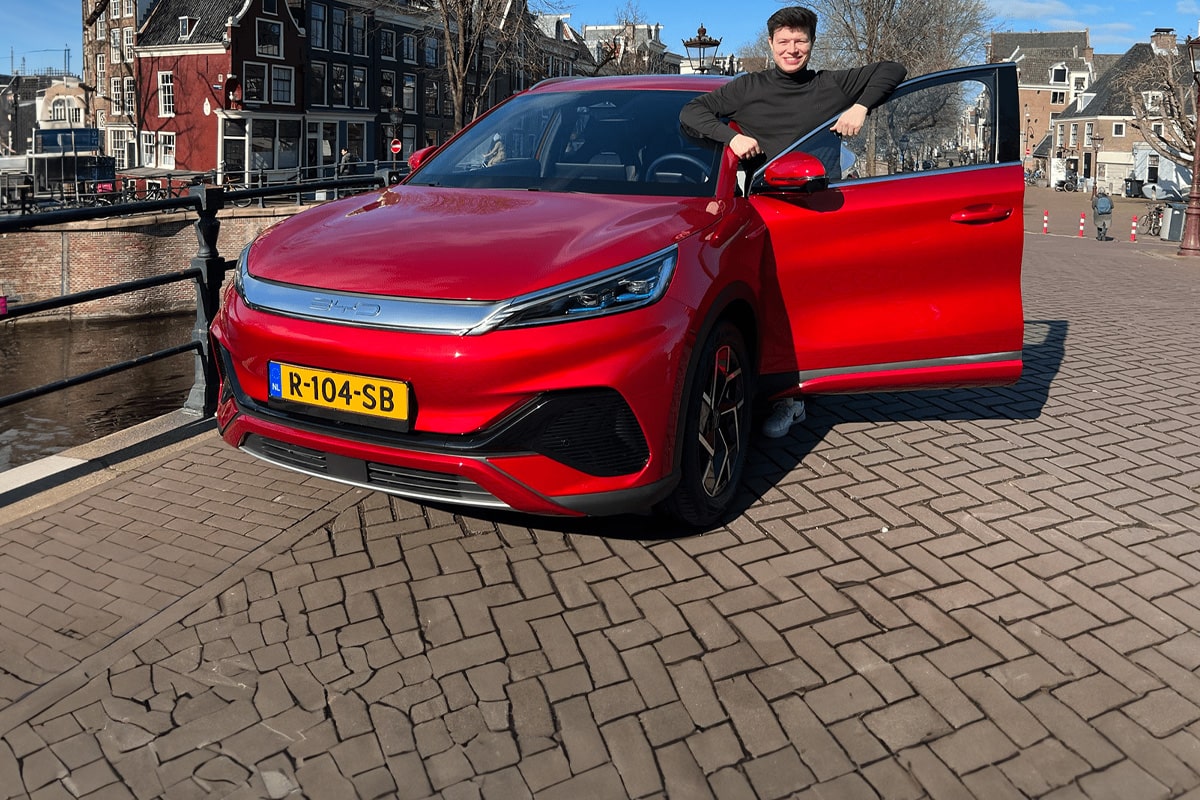
How does the Atto 3 from BYD measure up?
Atto 3 is the first BYD model to be developed for Europe, not exclusively, but with “Europe in mind”, as a BYD spokesperson told us. The Atto 3 is the first vehicle built on the company’s new electric platform 3.0, and the third electric car with so-called ‘Blade’ batteries, following Han and Tang models that have been on China’s roads for a while now. The name ‘Atto’ comes from the elongated shape of the battery cells, which are not grouped in modules but assembled directly into a pack. We had the opportunity to test the Chinese company’s latest model for a day in and around Amsterdam.
A comfortable amount of space
From the outside, the Atto 3 looks relatively large due to its height, but it’s actually relatively compact at 4.45 metres in length and 1.87 metres wide. That means that in terms of length, it’s pretty much halfway between a Volkswagen ID.3 and ID.4.
For this size of the car, the interior space around the front seats is very convincing and even more so on the rear seat, which scores with plenty of legroom and good thigh support. The rear seats are even more spacious thanks to the panoramic roof that offers a great view of the sky.
Longer journeys are easy to endure, even with several people, especially as the 440-litre luggage compartment (1,338 litres with the rear seat folded down) can accommodate quite a bit of luggage. A small shortcoming here is that you won’t find a pass-through for skis or other longer items, for which you’ll have to fold down an entire seat for that (which is possible in a 60:40 ratio). We also missed a boot under the front bonnet for which there would have been plenty of space.
Playful interior
When you get in, you feel like you’re in a cross between a gym and a recording studio. The armrests look like treadmills, the air conditioning vents resemble weights, the dashboard looks muscular, and the rubber bands on the door shelves not only look like guitar strings – they can even be strummed and produce sounds. The two-tone seat covers make the interior look pleasantly fresh and playful, and this impression is rounded off by a gear selector lever modelled on an aircraft’s engine slider.
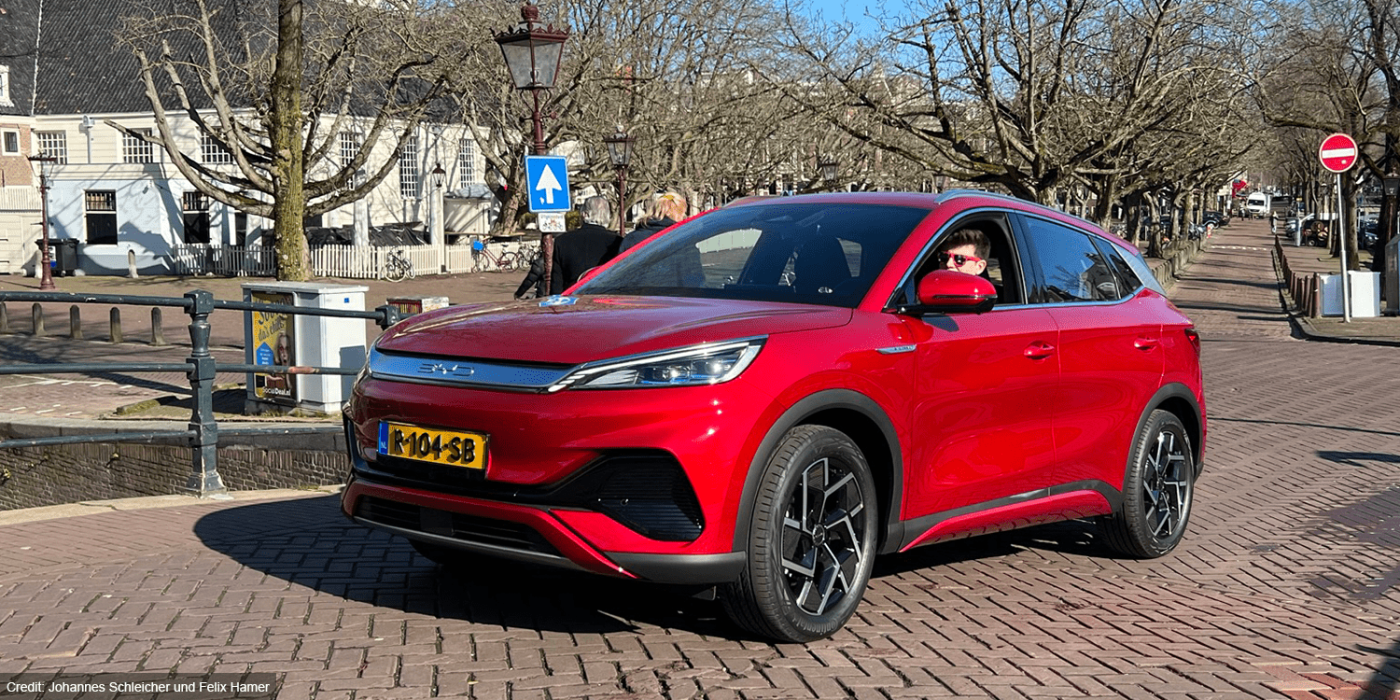
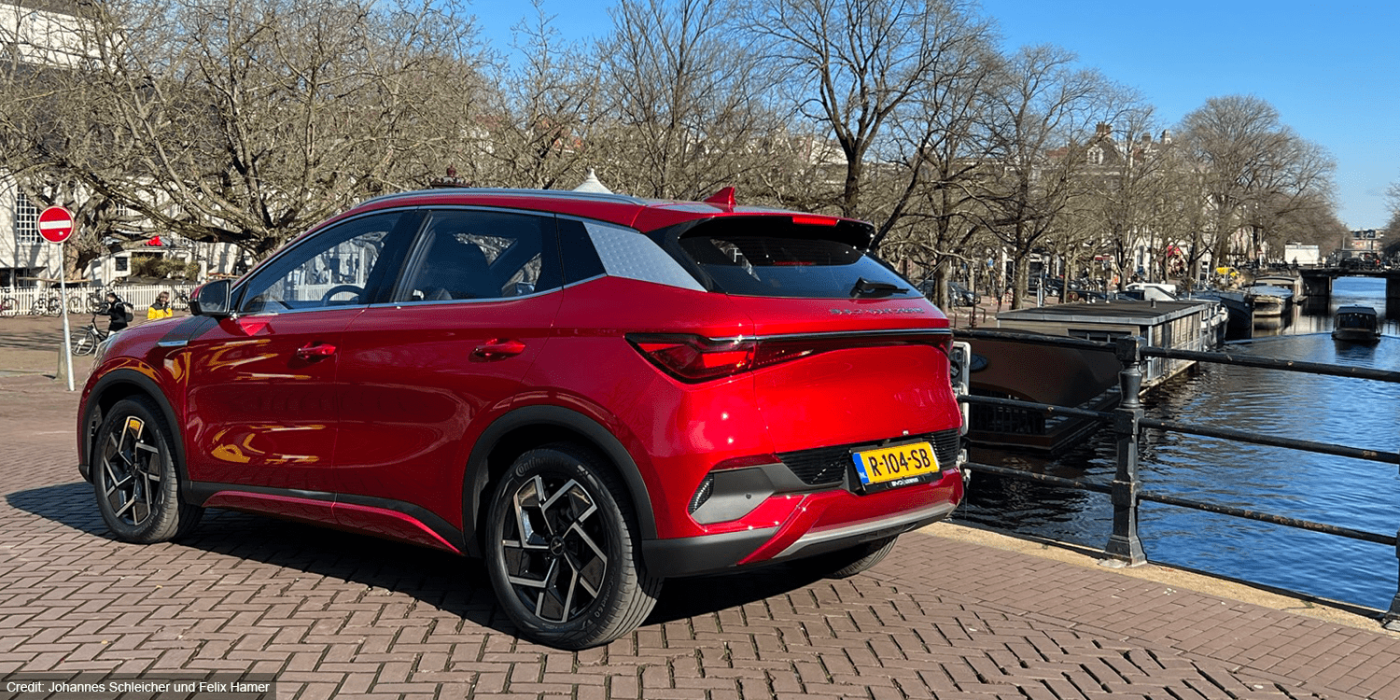
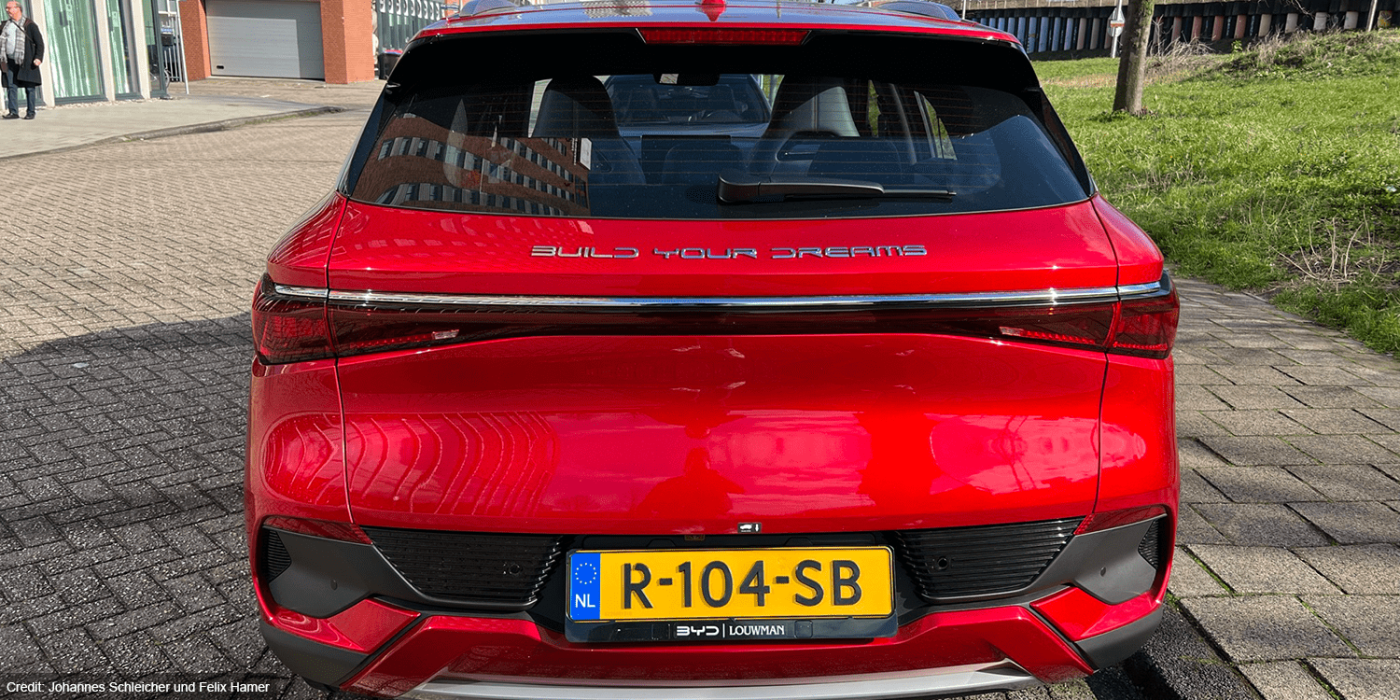
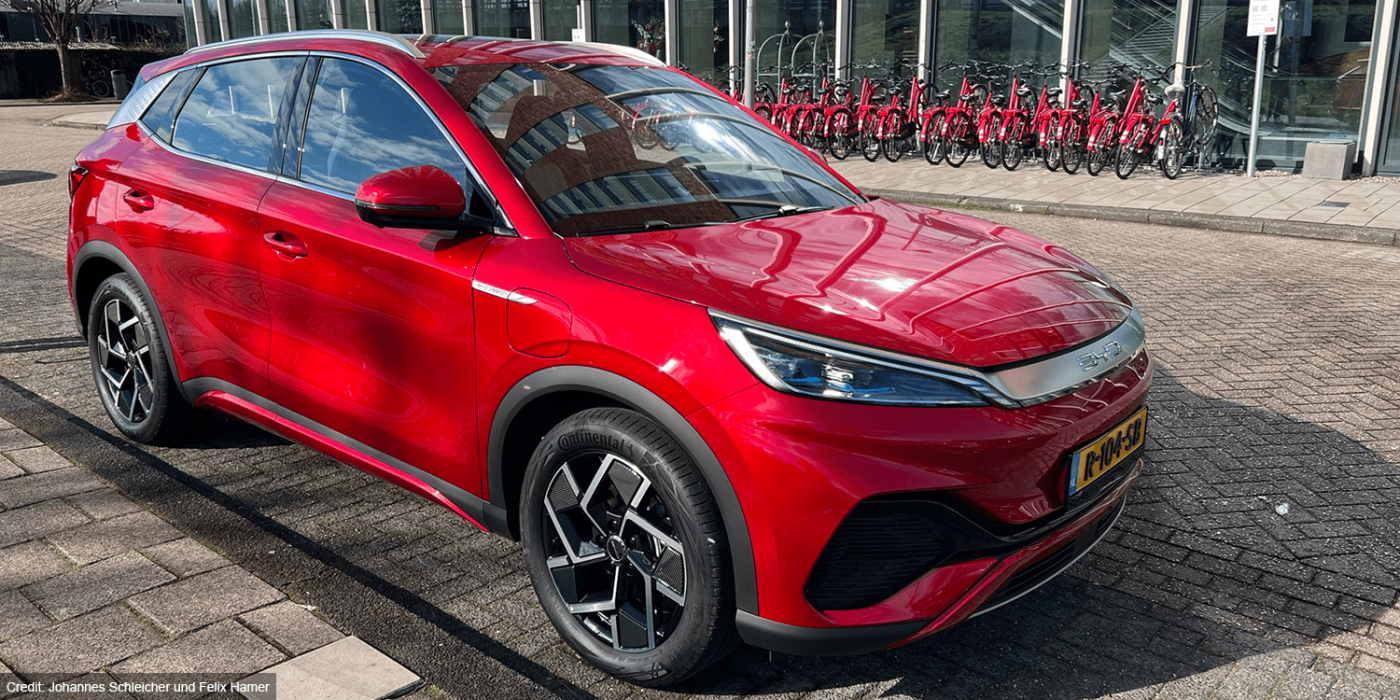
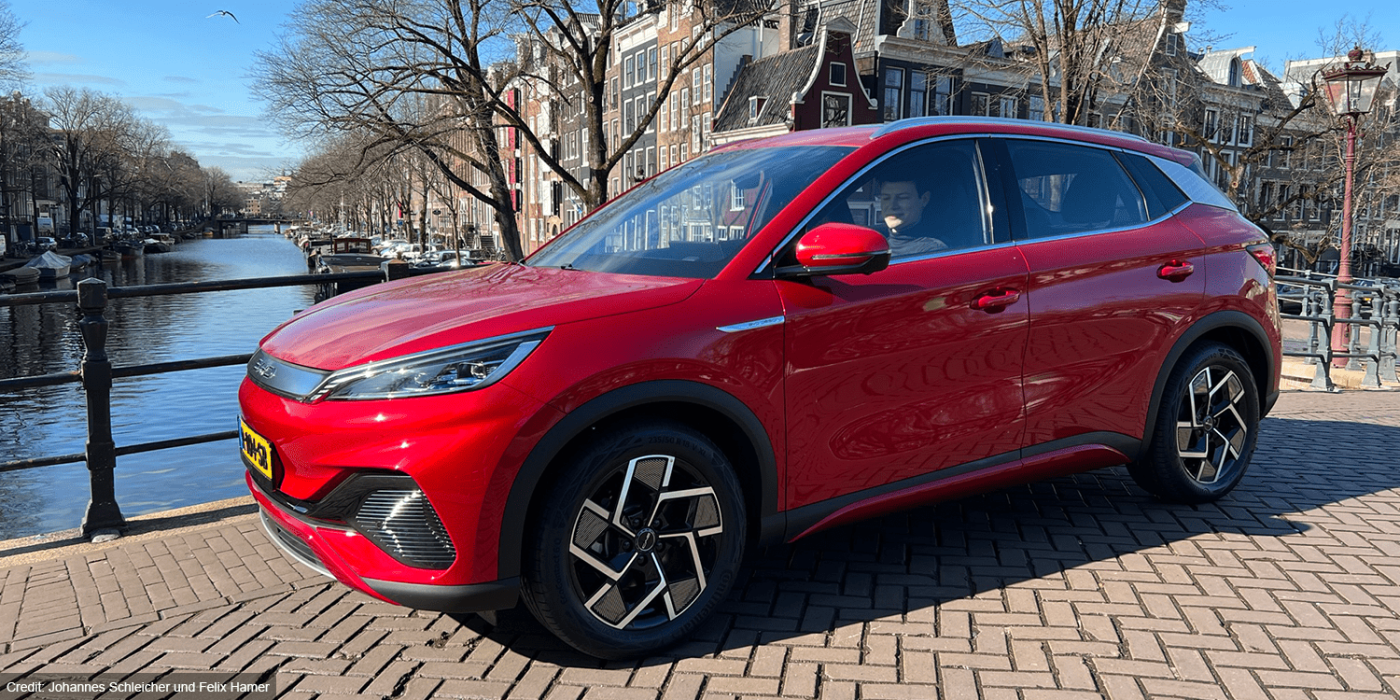
The acceleration of 7.3 seconds to 100 km/h is, of course, not to be compared with an aeroplane, but it is nevertheless quicker than most combustion engines in this class and perfectly sufficient to easily outrun fossil-fuelled cars at traffic lights. Although electric front-wheel-drive cars sometimes tend to spin, the maximum Atto 3’s possible acceleration was well chosen, so the front-wheel drive also proved to be unproblematic.
Very good middle class
In general, the Atto 3 is solidly mid-range everywhere, not only in terms of price but also in terms of its features: the build quality is much better than one would expect from a Chinese manufacturer, but not yet quite on the level of German suppliers. On the positive side, there are no cheap-looking hard plastic or glossy surfaces that attract fingerprints, instead using soft, matt plastics.
The suspension is not overly sporty, but it is comfortable enough to last a long time in the car. Consumption is not the best, but it is quite acceptable for a 1.61-metre SUV. We drove through Amsterdam with 19 kWh/100km in wintry temperatures. It’s important to note that we often stopped for photos, charging tests and driver changes and had the doors open for longer, so in our case, the heating consumption was probably much higher than normal. This drive system in combination with the 60.5 kWh battery results in a realistic range of almost 320 kilometres, which should certainly be a good deal longer in summer.
When it comes to features, far from being mediocre, the Atto 3 verges on being a premium car since a number of features are standard here that the competition only offers at extra cost. Even in the basic version for 39,500 euros, the car is almost fully equipped – among other things, this includes a heated steering wheel, electrically adjustable and heated front seats, and a heat pump. Only the colourful ambient lighting, an 11 kW AC charger (standard is 7 kW), an electric tailgate, and a somewhat larger touchscreen are available at extra cost, which brings the price up to 44,300 euros (both including VAT).
The downsides are that the driver assistance systems are somewhat worse than those of the competition. Although they maintain lane and distance quite well, they are occasionally uncertain at various points and react somewhat late, but then all the more energetically.
Software shows significant improvements
Compared to earlier versions, the infotainment system is much more sophisticated: the 360-degree camera is sharper, the screen larger and the overall performance snappier.
A particularly cool feature is the rotating screen, so you’re not locked into one orientation, but can switch depending on the situation. Route overview of a long north-south route? That works best upright. Watching a film? We prefer to do that in landscape format. You won’t find streaming integration, but you can play films via USB instead. We also missed a navigation display on the speedometer screen, both will hopefully be available soon via an update (as already happened with Apple CarPlay and Android Auto, which was not available from the start).
The Spotify integration was particularly convincing and hardly differs from the normal Spotify app, allowing easy browsing for playlists and podcasts. For optimal listening pleasure, the sound system could have been a tad better.
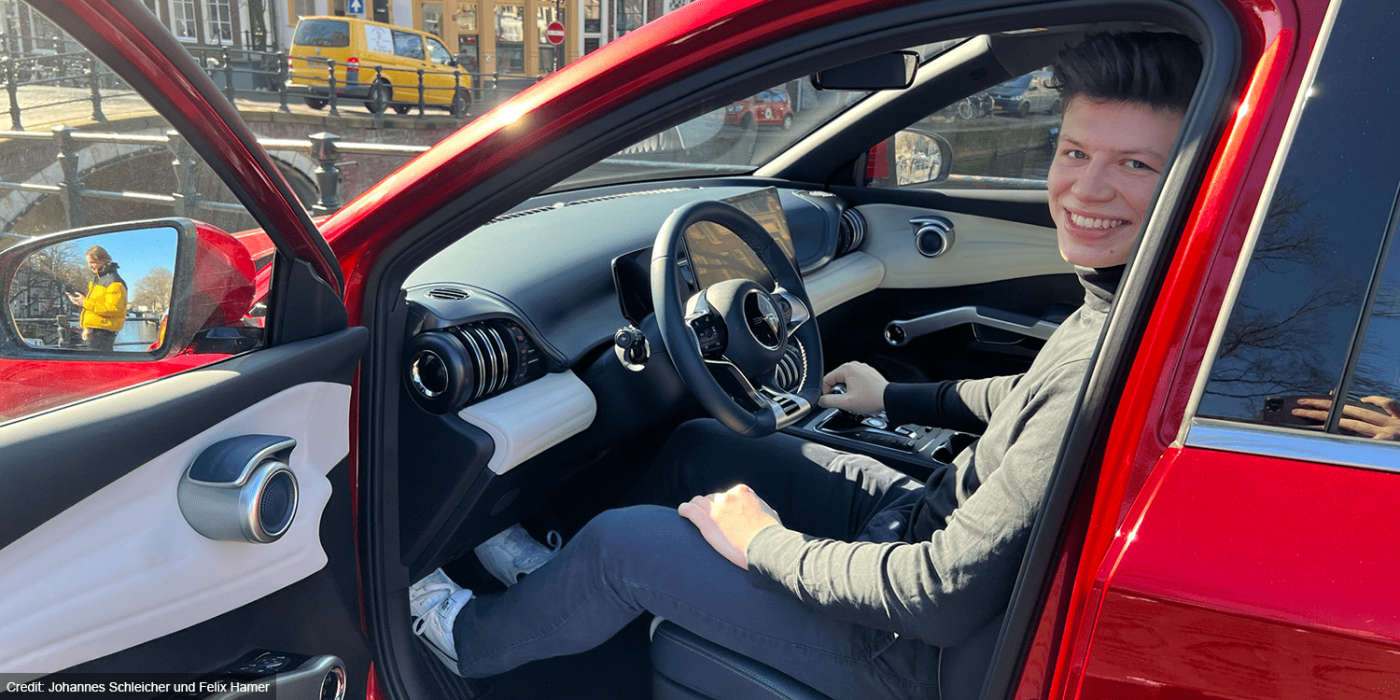
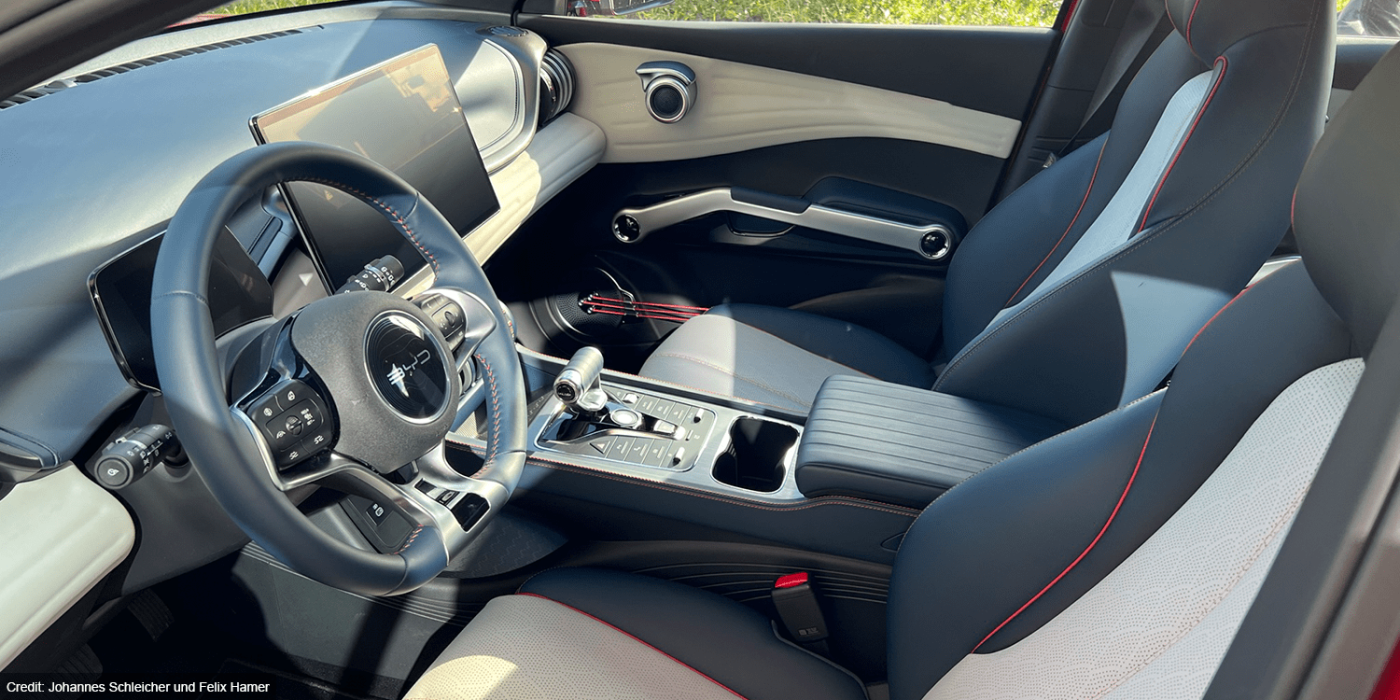
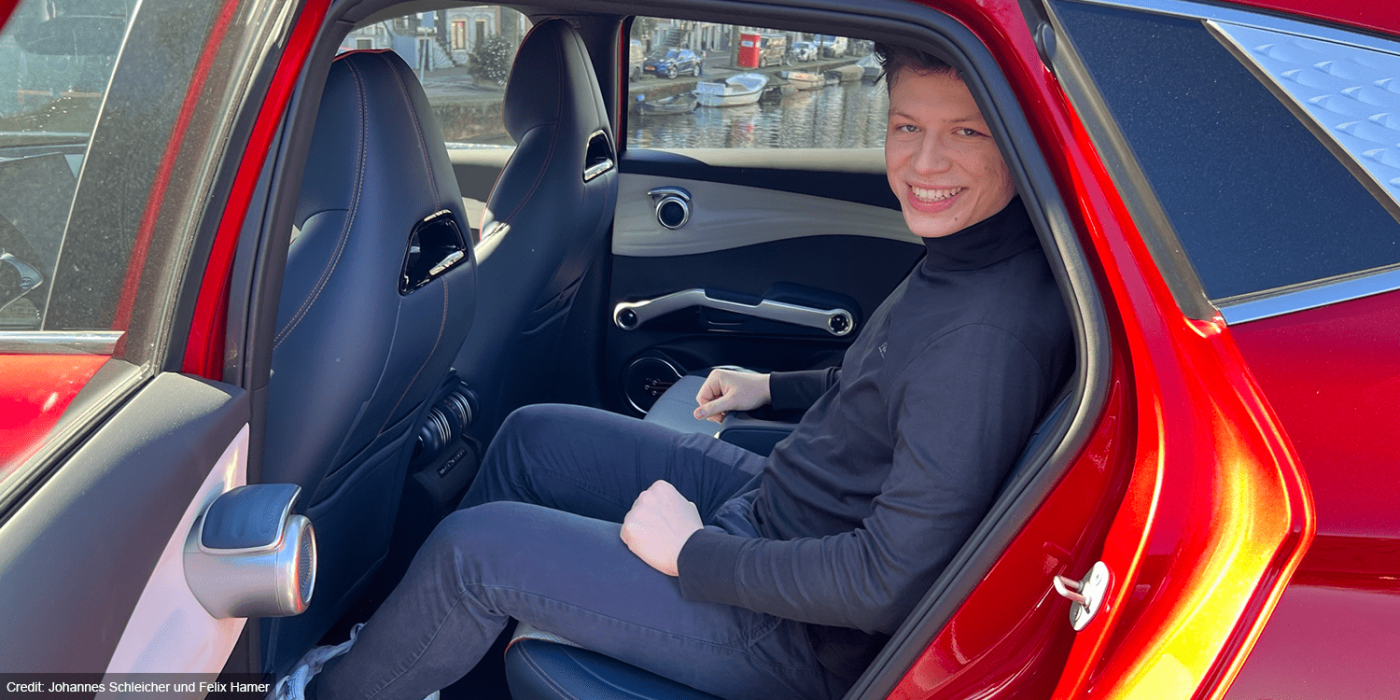
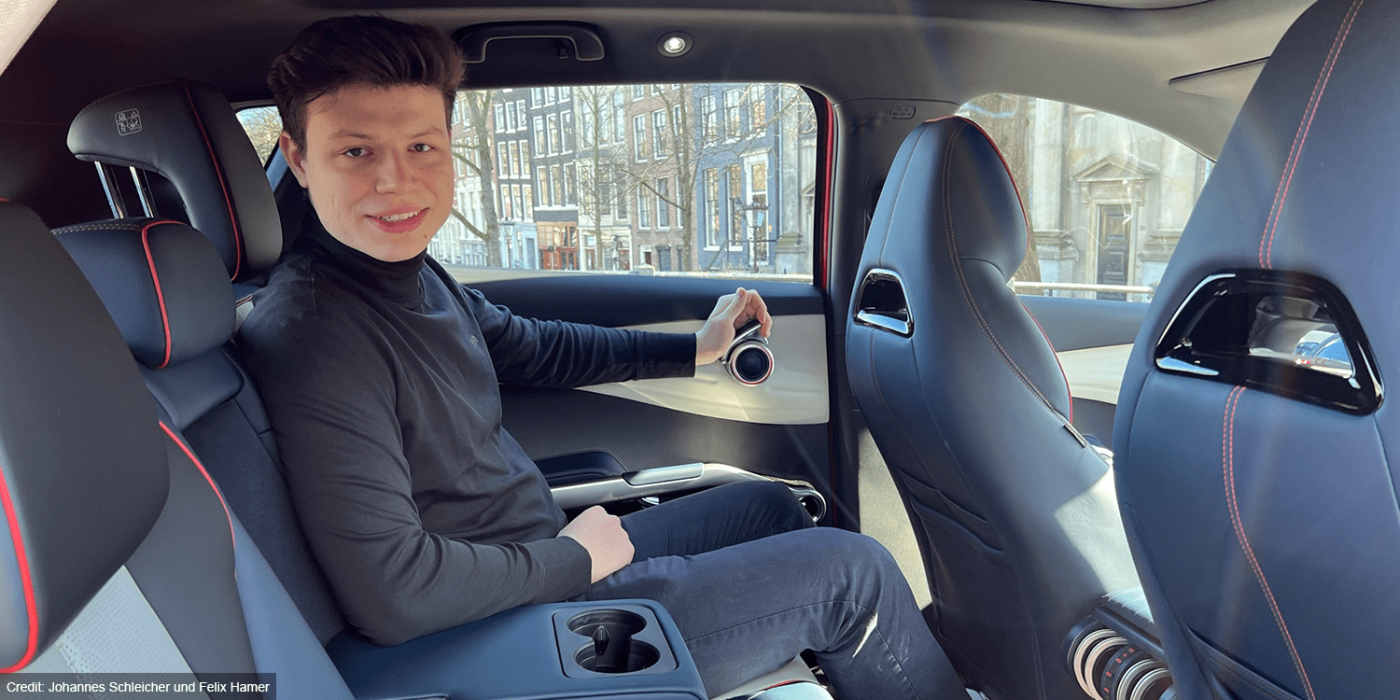
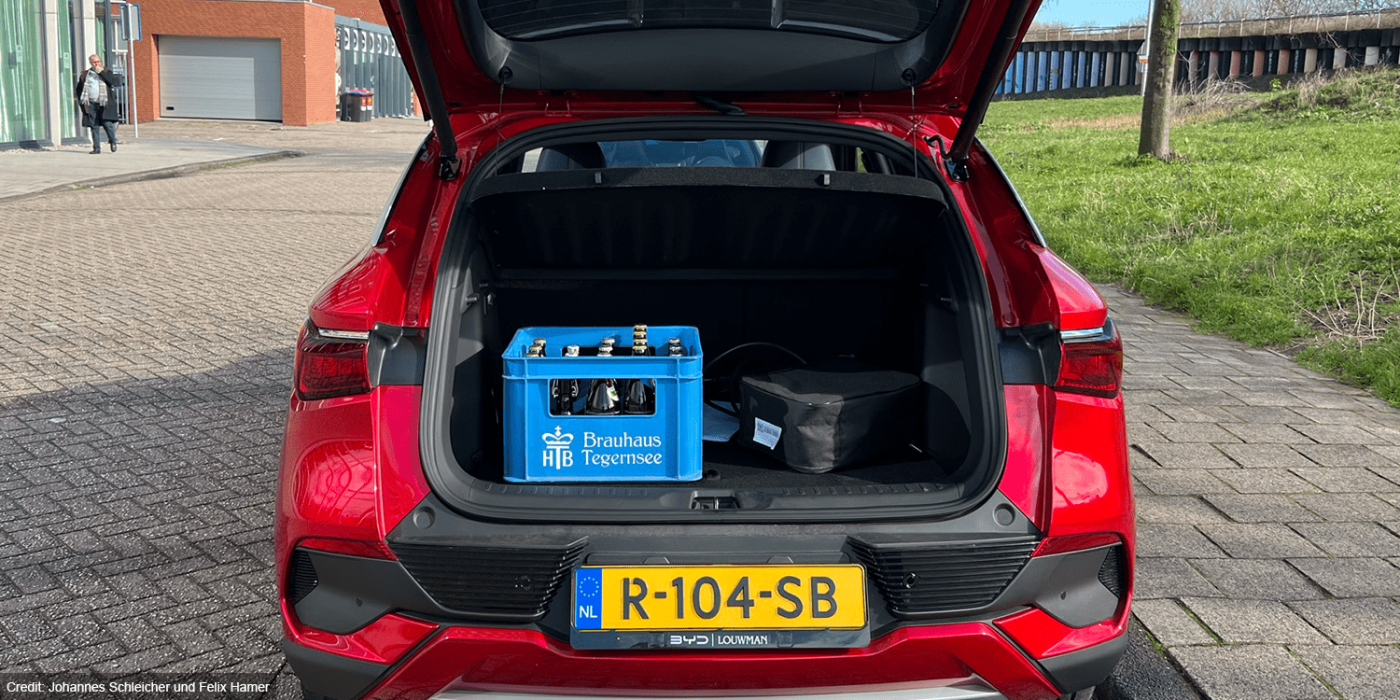
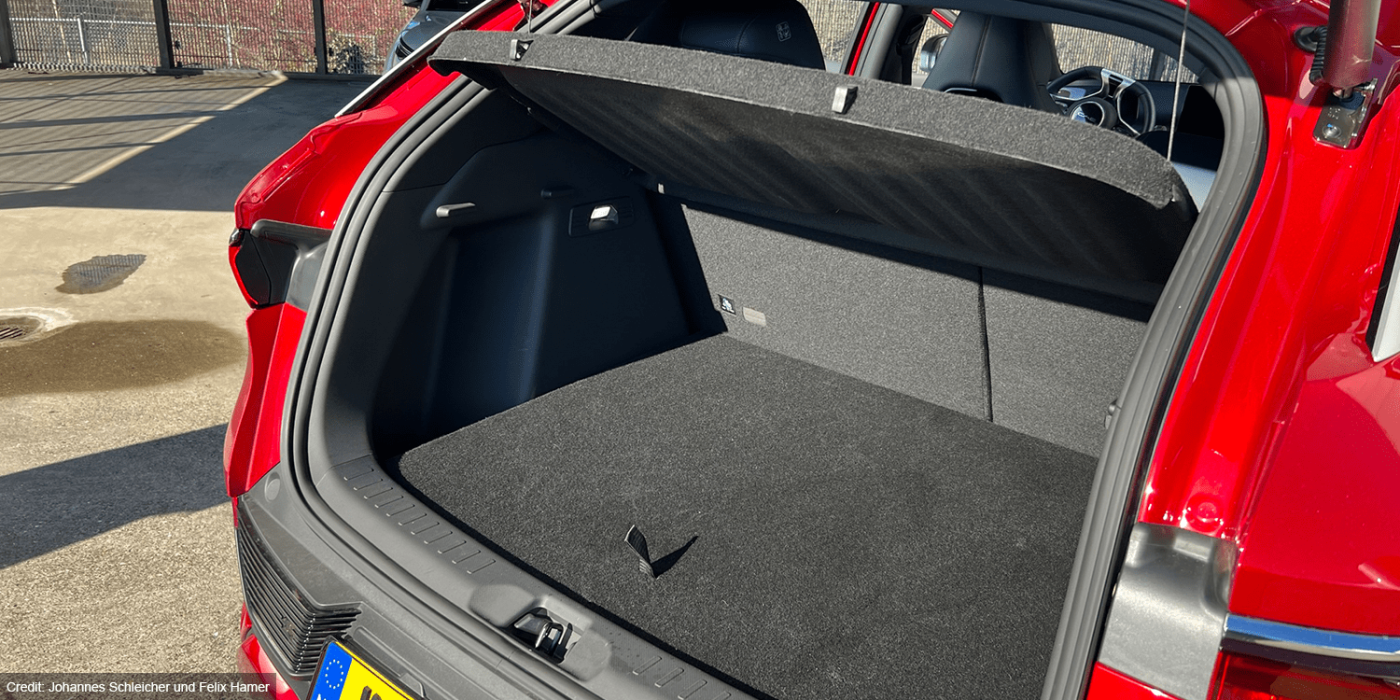
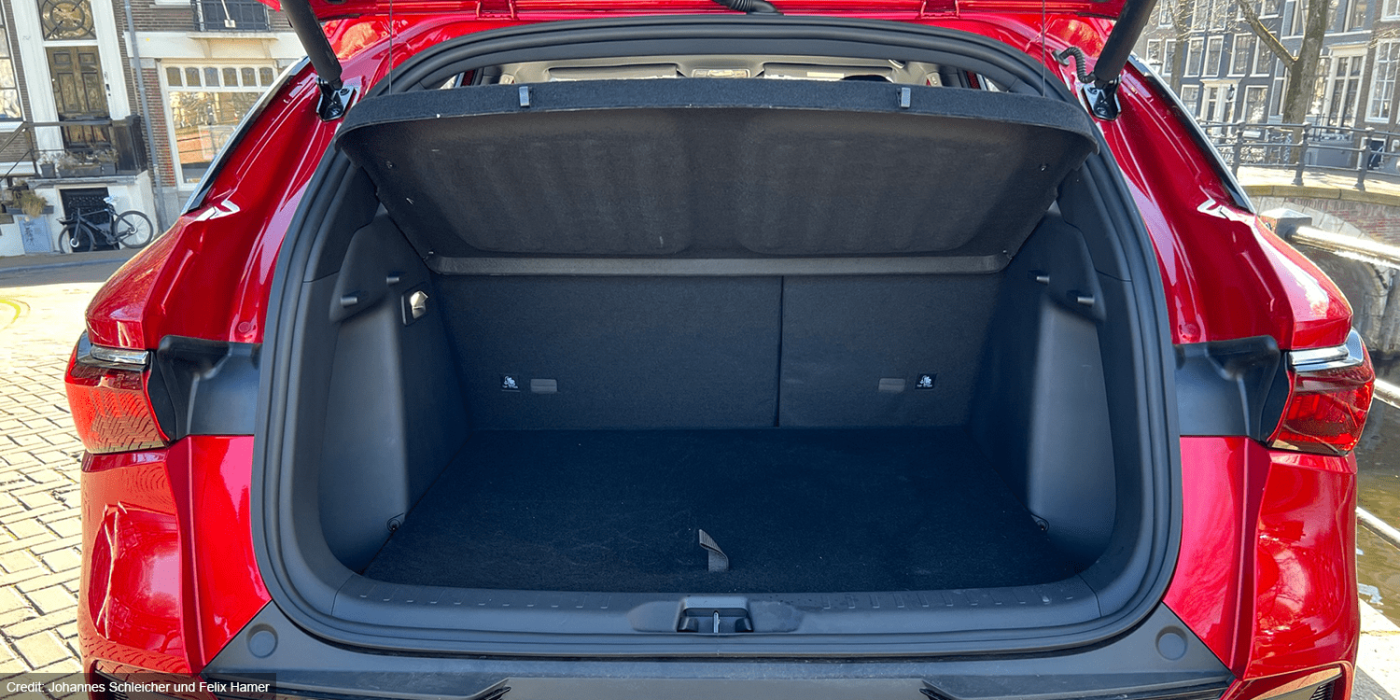
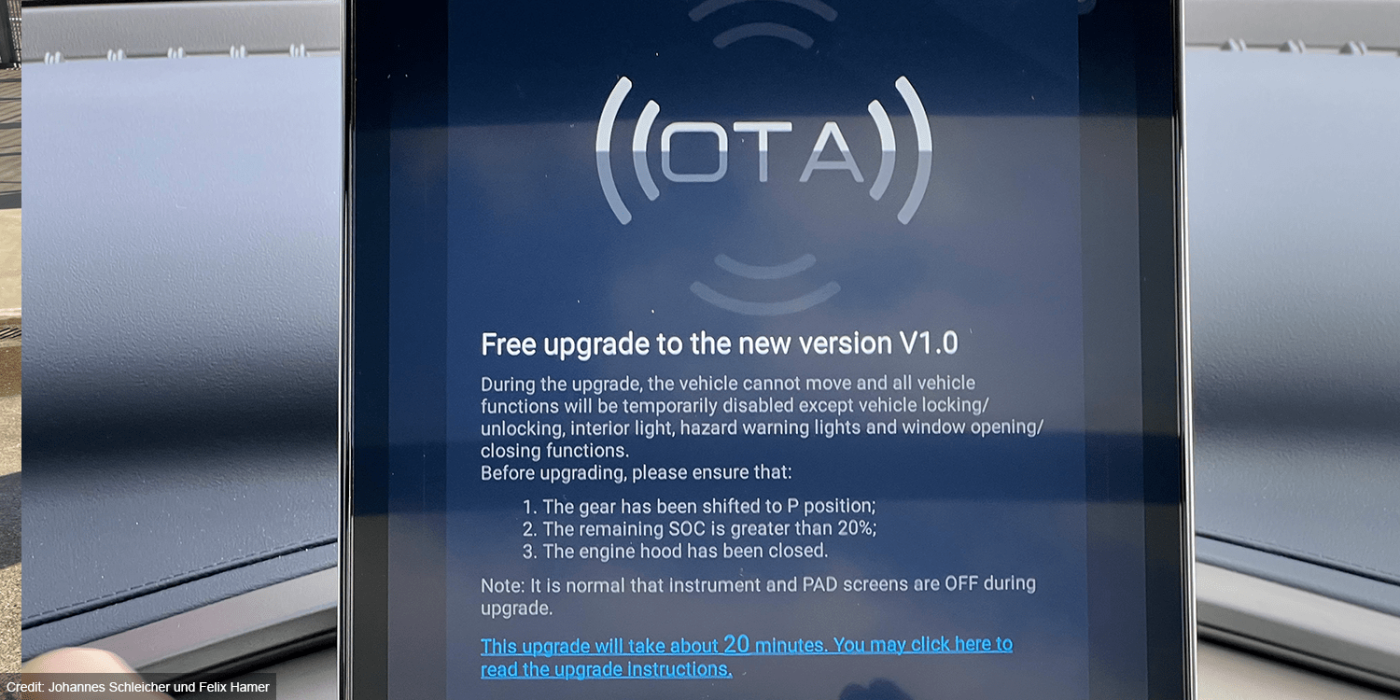
The filter options in the charging station database seem like they’re from 2015, though, as ‘fast’ is defined as anything over 15 kW, with the highest level being 50 kW and called ‘super-fast’. Sure, you don’t have to drive a 350 kW charger with just 88 kW DC peak power, but 50 kW is still not “super-fast” in 2023.
Charging performance is mixed
This brings us to the only noticeable weakness of the Atto 3: the charging curve. Most manufacturers only state the charging time is up to 80 or 90 per cent because the last per cent of the charging process takes disproportionately longer, so ten to 80 per cent is actually something like the industry standard. BYD only specifies the time from 30 to 80 per cent, which only covers a bit more than half the battery capacity. According to the datasheet, this still takes an impressive 29 minutes and a full charge even takes 80 minutes, which the competition can do much better, even in low-cost segments. As favourable as the properties of the lithium iron phosphate battery may be in general (with regard to ageing and safety) – they do not (yet) come close to the charging performance of normal Li-ion batteries.
An attractive overall package with one weak point
BYD is explicitly addressing couples and families with the Atto 3, for which the base price of 39,500 euros including VAT certainly helps, and not many manufacturers currently offer a better price-performance ratio. However, when it comes to charging time, you have to accept the only weak point, albeit a very big one. Long distances can be relatively tough with the suboptimal fast-charging curve. But if you can get over this, you won’t go wrong with the Atto 3 and you’ll get a solid and well-engineered vehicle that doesn’t have to shy away from comparison with the European competition.

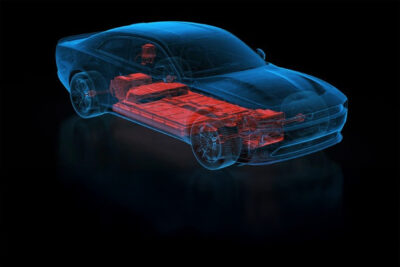
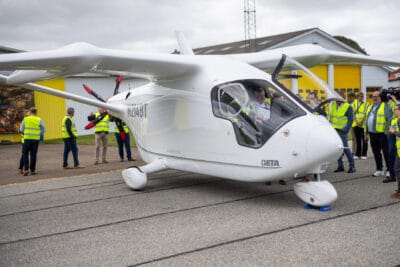
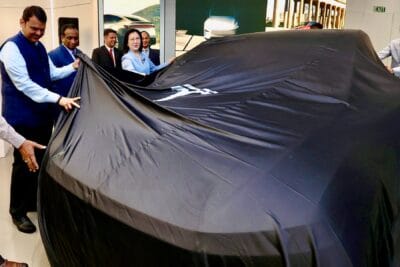
2 Comments